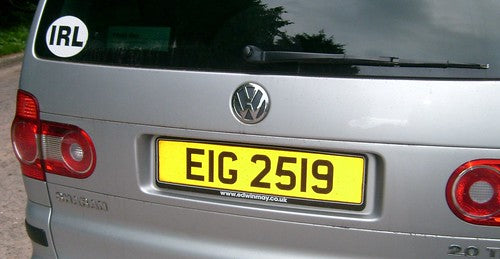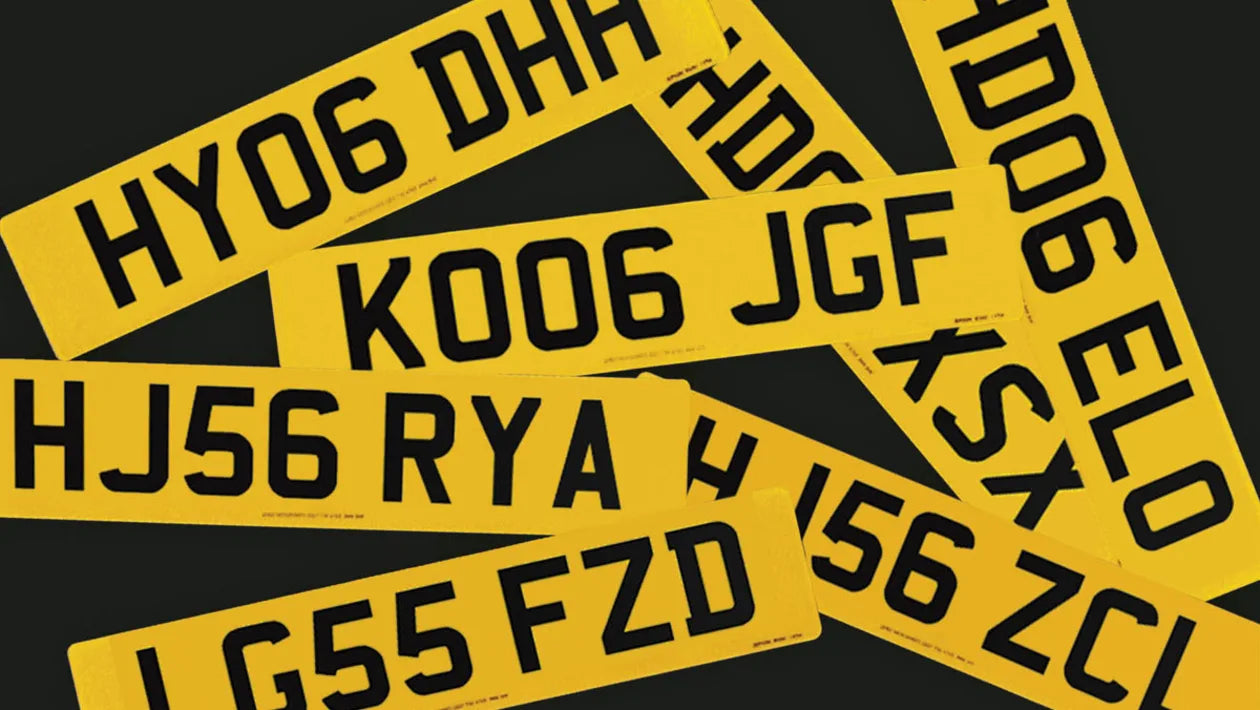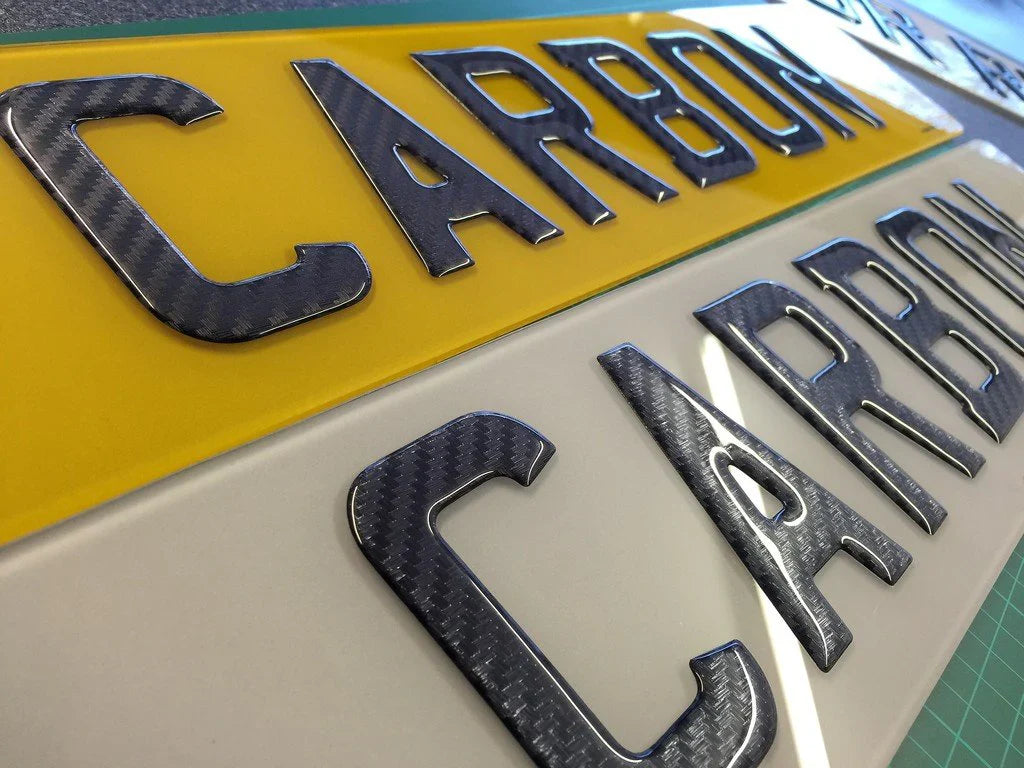
Are 4D Number Plates MOT-Proof?
, by Reece Dennis, 10 min reading time

, by Reece Dennis, 10 min reading time
Are 4D number plates MOT-proof? This is a question that has been buzzing in the minds of many vehicle owners. With the rise in popularity of 4D number plates, it's essential to understand the implications that they may have on your vehicle's MOT test. The MOT test is an annual examination that ensures your vehicle meets the minimum safety and environmental standards set by the government. In this article, we'll dive into the world of 4D number plates and explore whether they comply with the MOT test requirements. We'll examine the construction, materials, and visibility of 4D number plates to determine if they are MOT-proof. Additionally, we'll discuss any legal or compliance issues that may arise from using these plates on your vehicle. So, if you're considering getting 4D number plates or already have them, stay tuned to find out if they are truly MOT-proof.

Before we delve into the specifics of 4D number plates, let's first understand what is meant by "MOT-proof" in the context of number plates. The MOT test, also known as the Ministry of Transport test, is a comprehensive examination that assesses the roadworthiness and safety of vehicles in the United Kingdom. It covers various aspects of a vehicle, including its structure, exhaust emissions, braking system, lights, tires, and number plates.
When it comes to number plates, the MOT test has specific requirements that must be met. These requirements include the size, visibility, and legibility of the number plates. The characters on the plate must be of the correct size, font, and spacing, ensuring they can be easily read from a reasonable distance. The background and characters must also have a high contrast to enhance visibility.
Now that we have a basic understanding of the MOT test requirements for number plates, let's explore what makes a number plate MOT-proof.
To be considered MOT-proof, a number plate must meet the specific criteria set out by the government. These criteria include the following:
These are the key factors that determine whether a number plate is MOT-proof or not. Now, let's explore the difference between 4D and traditional number plates to see if 4D plates meet these requirements.
Traditional number plates, also known as 2D number plates, are made from a flat material, usually acrylic or aluminum. The characters and background are printed onto the surface, resulting in a two-dimensional appearance. These plates have been the standard for many years and are widely used across the UK.
On the other hand, 4D number plates are a relatively new innovation in the world of number plates. As the name suggests, they offer a more three-dimensional appearance compared to traditional plates. 4D plates are made from a combination of materials, including acrylic, resin, and gel. The characters are raised above the surface, giving them a unique depth and texture.
The distinctive 3D effect of 4D number plates has made them increasingly popular among vehicle owners who want to add a touch of style and exclusivity to their vehicles. However, this popularity has also raised questions about their compliance with the MOT test requirements.
Now, let's address the question at hand: Do 4D number plates meet MOT requirements? The answer is not a straightforward yes or no. While 4D number plates can be visually appealing and add a unique touch to your vehicle, there are certain considerations to keep in mind regarding their compliance with the MOT test.
One of the main concerns with 4D number plates is their legibility and visibility. The raised characters and textured surfaces of 4D plates may affect their readability, especially from certain angles or in certain lighting conditions. The MOT test requires number plates to be easily readable from a reasonable distance, so any impairment in legibility can result in a failed test.
Additionally, the materials used in 4D number plates may not meet the required standards for reflectivity. The reflective surface of a number plate is crucial for enhancing visibility, especially at night. If the reflective properties of a 4D plate are not up to par, it can lead to reduced visibility and a potential failure in the MOT test.
It's worth noting that not all 4D number plates are created equal. Some manufacturers may produce 4D plates that meet the necessary requirements for size, font, spacing, reflectivity, and contrast, ensuring they are MOT-proof. However, it's crucial to do thorough research and choose a reputable supplier who can provide MOT-compliant 4D number plates.
There are several common misconceptions surrounding 4D number plates and their compliance with MOT tests. Let's address some of these misconceptions to provide a clearer understanding:
It's important to dispel these misconceptions to make an informed decision when considering 4D number plates for your vehicle.
To ensure your number plates are MOT-compliant, regardless of whether they are traditional or 4D plates, there are a few steps you can take:
By following these steps, you can increase the chances of having MOT-compliant number plates, whether they are traditional or 4D plates.
Using non-MOT-proof number plates can have several consequences, ranging from legal issues to failed MOT tests. Here are some potential consequences to consider:
It's crucial to prioritize compliance with MOT test requirements to avoid these potential consequences.
If you're considering purchasing MOT-proof number plates, it's essential to choose a reputable supplier. There are numerous online and offline retailers that offer a wide range of number plates, including traditional and 4D options. Here are a few factors to consider when selecting a supplier:
By considering these factors, you can find a reliable supplier who can provide you with MOT-proof number plates that meet the necessary requirements.
In conclusion, the question of whether 4D number plates are MOT-proof is not a straightforward one. While some 4D plates may meet the necessary requirements for size, font, spacing, reflectivity, and contrast, it's crucial to choose a reputable supplier who adheres to the regulations. The raised characters and textured surfaces of 4D plates can potentially affect their legibility and visibility, which are essential factors in the MOT test.
If you're considering getting 4D number plates for your vehicle, it's important to do thorough research, ensure compliance with MOT test requirements, and choose a reputable supplier. By following these guidelines, you can make an informed decision and avoid any legal or compliance issues.
Remember, the MOT test is in place to ensure the safety and roadworthiness of vehicles on UK roads. By prioritizing compliance with the MOT requirements, including those for number plates, you contribute to safer roads and a better driving experience for everyone.




